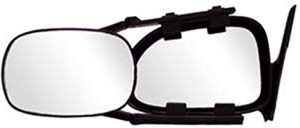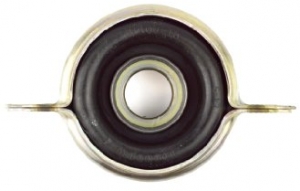-
Welcome to Tacoma World!
You are currently viewing as a guest! To get full-access, you need to register for a FREE account.
As a registered member, you’ll be able to:- Participate in all Tacoma discussion topics
- Communicate privately with other Tacoma owners from around the world
- Post your own photos in our Members Gallery
- Access all special features of the site
LED Bulbs?
Discussion in '2nd Gen. Tacomas (2005-2015)' started by WhiteTaco427, Dec 4, 2020.
Page 2 of 2
Page 2 of 2


 Input needed: PL5200 vs. PL5400?
Input needed: PL5200 vs. PL5400? Coolant fluid
Coolant fluid Time to replace my headlight housings
Time to replace my headlight housings Squealing in neutral that goes away when clutch is engaged?
Squealing in neutral that goes away when clutch is engaged?








































































